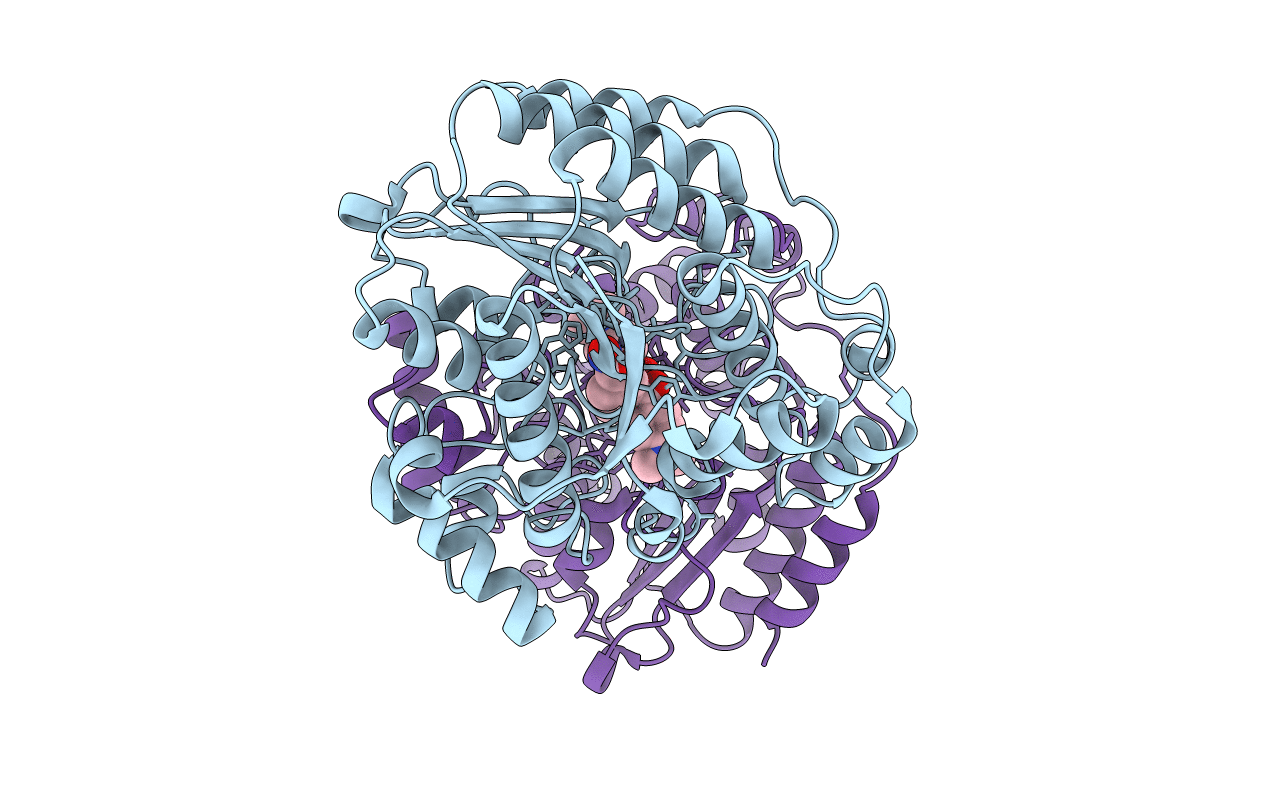
Deposition Date
1999-07-28
Release Date
1999-09-15
Last Version Date
2024-02-07
Entry Detail
PDB ID:
1C3R
Keywords:
Title:
CRYSTAL STRUCTURE OF AN HDAC HOMOLOG COMPLEXED WITH TRICHOSTATIN A
Biological Source:
Source Organism:
Aquifex aeolicus (Taxon ID: 63363)
Host Organism:
Method Details:
Experimental Method:
Resolution:
2.00 Å
R-Value Free:
0.25
R-Value Work:
0.22
R-Value Observed:
0.22
Space Group:
P 21 21 21


